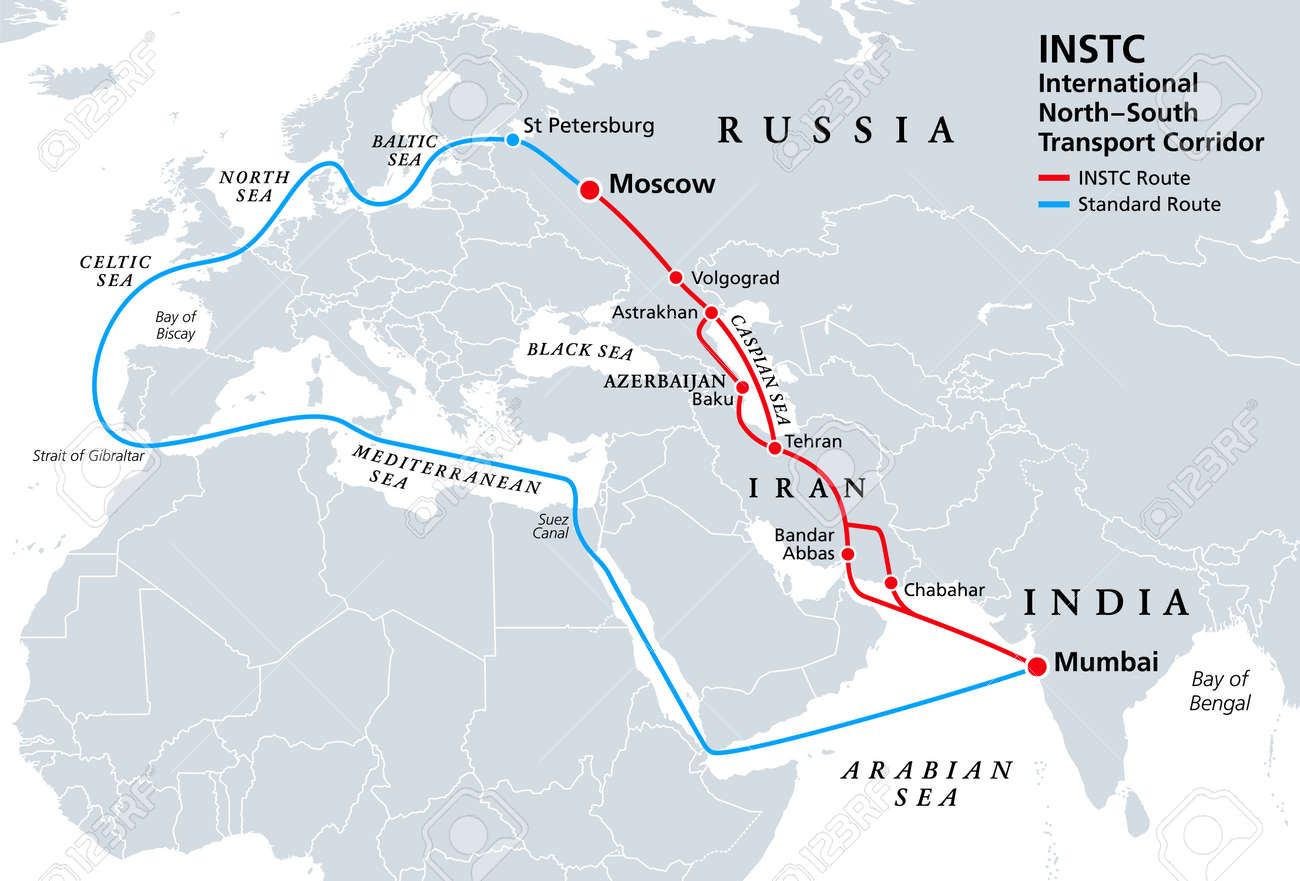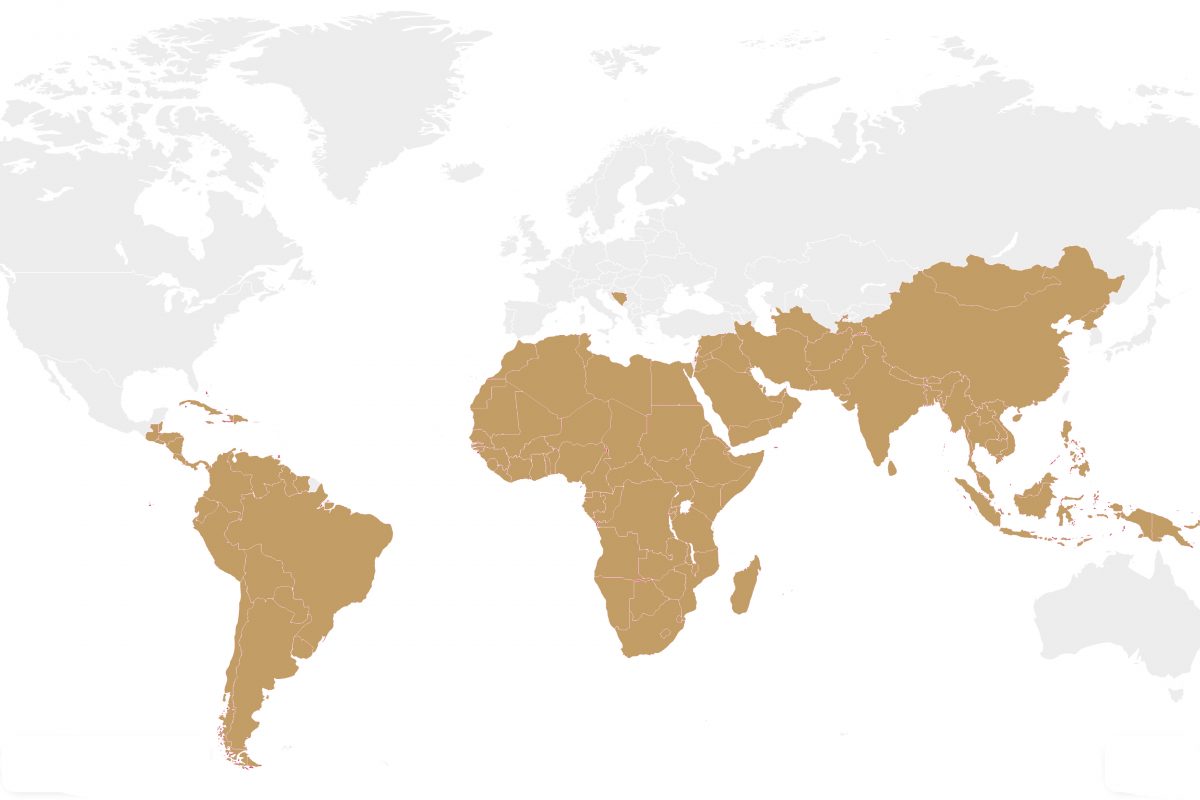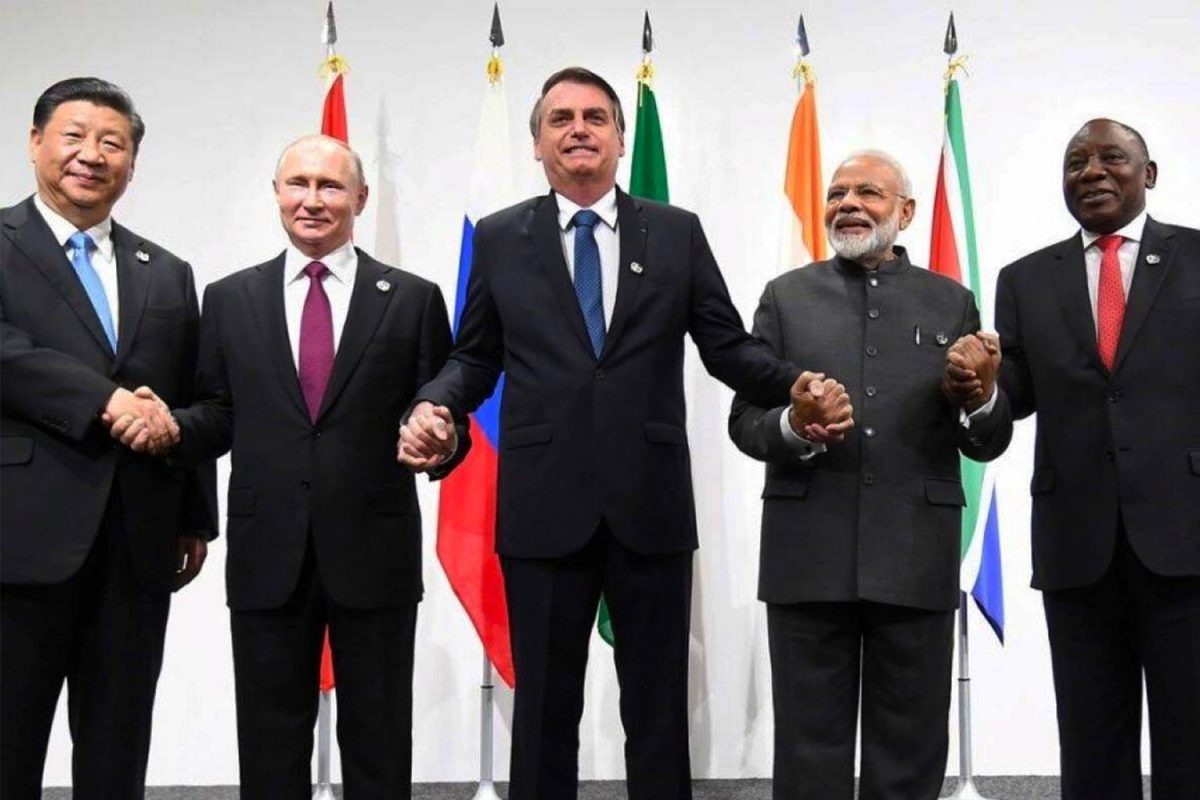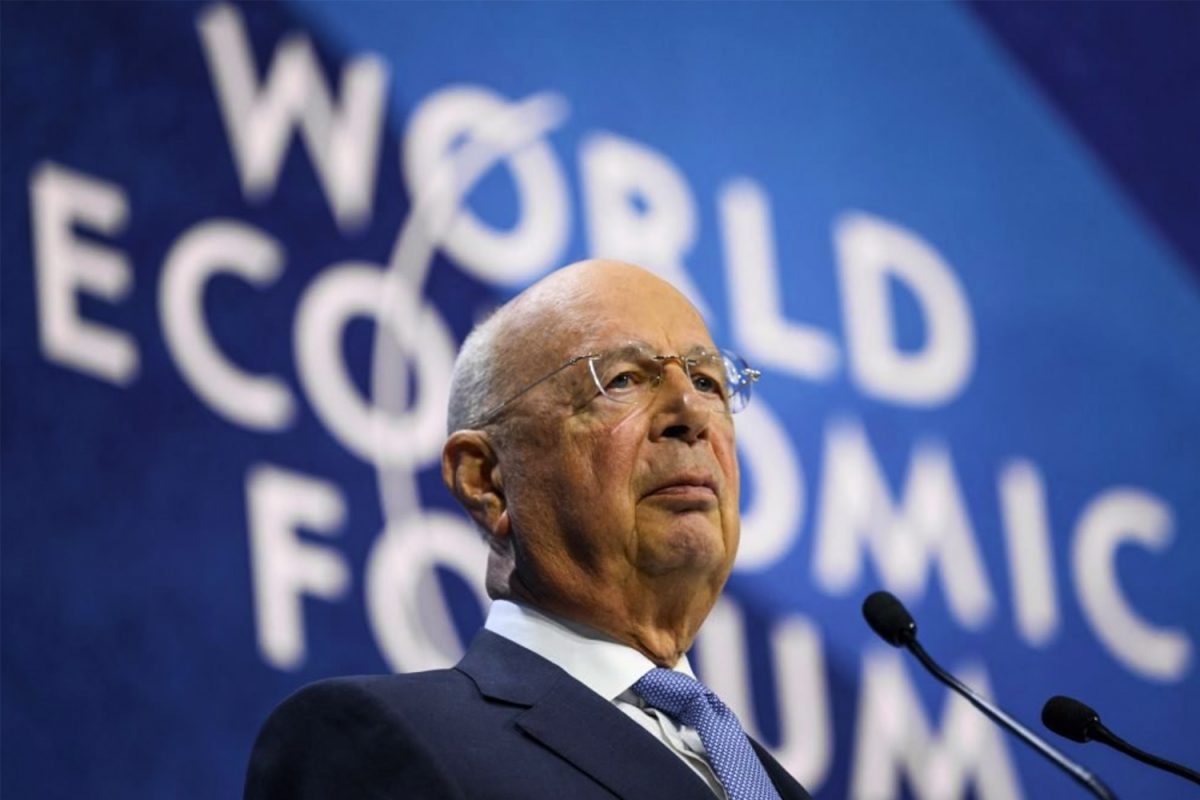2023 was dominated by the the Israeli assault in the Gaza Strip. Our analysts at the Geopolity have come up with a list of issues they believe will be major events in 2024 and which they will be following. In no particular order what follows are a forecast of the key issues for 2024
Year of Elections – In 2024 there will be 76 elections worldwide including some of the world’s most powerful nations as well as a number of strategic countries. The context these elections take place in means the outcomes will have repercussions beyond their national borders. These elections will cover 4.2 billion people – half the world’s people and a combined GDP of nearly $50 trillion. The results of these elections have the possibility of shaping global relations into the 2030s. Ballots will be cast from Britain to Bangladesh, from India to Indonesia. Yet what sounds like it should be a triumphant year for democracy will be the opposite. Eight of the most populous countries in the world—Bangladesh, Brazil, India, Indonesia, Mexico, Pakistan, Russia and the US will hold elections in 2024. In half of these, elections are neither free nor fair. From the likely rematch in the US election to India and from Taiwan to Bangladesh, they take place with confidence in democracy at rock bottom and with the credibility of democracy to deliver for the average person a major stumbling block.
Global Disorder – In 2024 the West’s share of global GDP will fall below 50% for the first time since the 19th century. A number of nations such as Russia, China and India have long believed the global institutions created after 1945 do not reflect their concerns. China and Russia want to go further and subvert this system. Though America’s economy is still the world’s largest, its unipolar moment has ended. Europe has been in relative decline for some time and even within the US there is declining support among the middle class for America’s global role, and an isolationist tilt exists amongst many and even amongst some in the Republican Party. Already populism, interventionist economics and transactional globalisation are challenging freedom, market economics and rules-based globalisation. The global rules based order seems to be shrinking as neither the global powers, nor their institutions can do much in the African Sahel region. Azerbaijan has just fought a war against Armenia involving ethnic cleansing, without much blowback. Iran’s proxies thrive in failing states across the Middle East. In 2024 this zone of impunity could expand further across Africa and Russia’s flanks. The US faces a long slog to stabilise and then renew a system of international trade and security that it led for so long.
Is the World losing interest in Ukraine? – As the Ukraine war is edging to its second year anniversary the situation is markedly different in 2024 then it was back in 2022. All the evidence is showing Ukraine’s counter-offensive has stopped well short of its stated minimum goal, and that the war has reached a stalemate. The US who led the battle against Russia can no longer be depended upon to lead this fight. The new speaker of the House of Representatives, Mike Johnson, began his term by blocking President Joe Biden’s attempt to get authorization for a fresh package of $61 billion in military support for Ukraine. President Joe Biden will likely find the politics of fighting the Republicans over Ukraine too difficult as the election in November nears. Whilst the G7 nations agreed to produce bilateral security guarantees for Ukraine, none has yet done so. Whilst Europe increased its support to Ukraine in 2023, it did this by running down its own reserves of tanks, ammunition and missiles. Without further big investments in defence procurement, Europe will not be able to maintain support. Although contractors can ramp up production at existing facilities, that will not be enough. To get them to invest in new facilities, they will need big, multi-year commitments from governments.
Unprecedented Territory for American Democracy – In 2024 the US will be entering unprecedented and uncharted territory. These terms are probably no longer applicable to Donald Trump and the 2024 election will need new terms. Barring any unforeseen circumstances (which is a major ‘if’), the 2024 presidential election is looking like a rematch between Joe Biden and Donald Trump. This will be confirmed by the party primaries, by the end of March 2024. The US and the world will then be subjected to a full eight months of a general election campaign between two unpopular candidates. The question for the US electorate is do they want to re-elect a man who governed as Mr Trump did, who was impeached twice by the House of Representatives, and who tried to overturn the result of the last election? Or do they want to vote for Joe Biden who will be in his 80’s if he finishes his term. Trump’s federal trial for attempting to overturn the 2020 election starts on March 4th, the day before “Super Tuesday”, when 13 states will vote in the Republican primary. The federal cases against Mr Trump are unlikely to be litigated by November 5th, the day of the election. It’s very likely the US will have a presidential candidate on the ballot who stands accused of federal and state crimes.
American Dysfunction – The US has been the global superpower since WW2 and the undisputed unipolar power since 1991. US industry and the broader economy acted as a supply chain to America’s global military machine and this relationship worked smoothly in the 20th century. But in the 21st century the biggest obstacle to sustaining America’s role in the world is political dysfunction at home. “America first” Republicans have hampered normal budgeting and have grown especially hostile to funding the war in Ukraine. If they succeed in cutting aid to Ukraine in 2024, allies everywhere will need to rethink their positions.
Is American Power Over Stretched? – The Iraq war and the Afghan war debacle has seen US intervention wane in popularity. Americans want to see an end to the “forever wars” in the greater Middle East in order to concentrate on the economy at home. But with Russia’s invasion of Ukraine and the flare up in Palestine can the US protect Taiwan if there is any flare up in the Far East? Strategists worry about a “window of vulnerability” in the Indo-Pacific this decade, as China’s forces grow stronger and America’s investments in new military equipment will not bear fruits until the 2030s. Concerns about this gap will deepen with the approach of 2027, the year when Xi Jinping wants the People’s Liberation Army to be able to invade Taiwan.
The Original Sin in Palestine – The 7th of October flare up in Palestine has broken both Israeli and Zionist dominance of the narrative on Palestine. After decades of instability Israel and its supporters have failed to dim the prospects of liberation from the indigenous Palestinians. The plight of the Palestinians people has now captured global public opinion that includes the original sin from 1948. Palestine affects the whole region and will continue to destabilise the whole region unless the original underlying issues are addressed. But as things stand, Israel has no political plan beyond destroying Hamas. Israel refused to address the original sin and during its brutal assault of the Gaza Strip many officials have made genocidal statements of their intent. The plight of the Palestinians people beginning in 1948 is now on the global agenda which will put Israel in a difficult position.
Middle East Rulers Stuck between the People and their Masters – The Middle East leaders for long verbally supported the Palestinian cause. When their populations conducted welfare work and supported Palestine most leaders permitted this. But with Israel’s onslaught the Arab street is calling for action from their rulers who are now running for cover as they never planned to ever act on their verbal support. There are regular demonstrations every week in the Middle East in support for intervention and the region’s leaders are being pushed into a corner. For the region’s leaders their primary interest is their thrones. They have behind the scenes always been talking to Israel with many nations even normalising relations. But the public in the region are already reeling from economic problems, political corruption and the iron grip of the political leaders. The events of Palestine have exposed them as being on the diametric opposite side to the sentiments of the people. It remains to be seen if 2024 will be the same as we saw in 2011.
The Two State Solution – The flare up in Palestine has put the issue of the two state solution back on the table. Israel has been very clear, through numerous genocidal statements, that it doesn’t plan to give up settlements in the West Bank and it would like to see the people of Gaza go into the desert. On the 6th of October, a day before Hamas’s attack the Saudis and Israelis were negotiating a normalisation agreement and Netanyahu was arguing the Middle East had never been so stable. The Palestinian people and their struggle had been pushed to the margins and was not even part of the discussion. Successive Israeli leaders have been pushing against two states, whilst the PLO and Hamas compromised their goals in the hope of receiving some land. Now it’s clear it’s not the Palestinian people or the groups that are against the two state solution, it’s actually Israel. What remains to be seen in 2024 and beyond is whether the US will impose this on Israel or not.
Russia Led Transit Corridor Facing Hurdles – When the International North–South Transport Corridor (INSTC) was announced in 2022, Russia used the project to project an image of independence after the raft of sanctions that were placed upon her after invading Ukraine. The corridor was meant to link Russia, the Caucasus, Iran with India and would be one of only a few north-south corridors in the world. But ever since the announcement project has been experiencing a number of complications. According to the development director of logistics operator TransAsia Logistics Group, obstacles include problems with settling payments in Iran, a lack of infrastructure and declining water levels at Caspian Sea ports, and the lack of a single operator for the route. The low cost of diesel fuel in Iran is also discouraging development of railway projects. This poses a major challenge to Russia who needs to diversify away from dependency in European trade and find alternative markets to replace the markets that are now no longer available to the Ukraine war sanctions.
Russia Down and Out in the Caucuses? – Azerbaijan and Armenia have been at war for a long time over the Nagorno-Karabakh enclave. In 2023 after a long cycle of violence Azerbaijan got control of the enclave, something it wanted since the Soviet collapse. Nagorno-Karabakh played a key role both in the composition of the Soviet Union and in its decomposition. Now it marks what could be the last spasm of the system which has kept the Caucasus, one way or another, connected to Moscow. There was little Russia could do in the face of Azerbaijan’s onslaught with significant help from Türkiye. Azerbaijan and Türkiye hold all the cards and neither wants to make unnecessary concessions to Moscow, particularly when its influence is declining. The Caucuses is one of the regions Russia has seen invasions in its history and in 2024 Russia is losing the region to other powers.
EU Elections – The European Union goes to the polls in June 2024 with all 27 member states participating. From Germany to Italy to Slovakia, there is a familiar pattern. Centrist parties that have held power for decades increasingly vie with hard-right rivals that would once have been deemed beyond the political pale. In the election, voters are to elect representatives for a supranational legislature but more often than not use the election to reward or punish their national governments and vote on the basis of domestic issues.
The elections will take place against the backdrop of high inflation and low economic growth. The rise of the far-right will likely force conservative parties across the continent to move to the right to remain competitive, resulting in an overall shift to more right-wing positions across the European Union.
Indian Elections – The world’s largest democracy is set to go to the polls in April and May 2024. The Indian election is a mammoth affair that will mobilise an electorate of over 600 million voters over several weeks. The BJP and its charismatic leader Narendra Modi are looking for their third 4-year term. Modi has attempted to promote India as a manufacturing hub and secure foreign investment. Modi also presented a programme to broaden the country’s digital infrastructure across the length and breadth of the country. The BJP also launched tax and regulatory reforms that eventually ran into significant trouble. Beyond economics, Modi and the BJP have promoted a Hindu Rashtra which has caused significant trouble as India is an ethnically and religiously diverse nation. It has led to significant tension with minorities especially with the country’s large minority Muslim population. The BJP has already doubled down on its Hindu nationalism to mobilise voters and caste-based identity politics. The opposition has coalesced to form a bloc against the BJP, a 28-party bloc called the Indian National Developmental Inclusive Alliance (INDIA), led by the Congress Party. The bloc is attempting to build a viable opposition. But their prospects look slim and it’s likely through the use of Hindu nationalism Modi and the BJP will secure a third term
Iran’s Political System Struggling for Survival – The clerical system in Iran will be 45 years old in 2024. In the last decade it faced its biggest challenges as the clerics have run the country into the ground. The clerical system rests on the Grand Ayatollah presiding over a complex labyrinth of government, state, political party and dominating society. With 70% of the population born after 1979 they see a system that serves the establishment over the masses and the death of Masha Amini in 2023 confirmed for many that is working with the system. Ayatollah Ali Khamenei is now 84 years old and questions are abound about his heir as well as the long-term survival of the clerical system. Khamanei’s answer to this is his 54 year old second son, Mojtaba. As the senior chaplain to the Islamic Revolutionary Guard Corps, he already sits at the apex of the republic’s two principal pillars, its military and clerical establishment. As Mojtaba will get closer to taking the helm it’s likely the clerical system will face even more opposition from the people and 2024 may very well be the beginning of such a process.
Pakistan Election – Pakistan goes to the polls in February 2024 with the possibility of elections being delayed once again. The context in Pakistan currently is the previous Imran Khan government falling out of favour with the military top brass, which saw the army turn to the Sharif family. The attempt by Imran Khan to push back in May 2023 saw a broad crackdown and the dismembering and dissolution of Khan’s party the Pakistan Tehreek-I-Insaf (PTI). Most of Imran Khan’s cabinet have joined the other parties and the return of Nawaz Sharif in October 2023 means the next political set-up is in place. The Sharifs will now likely have their fourth stint in power, but they will inherit an economy that’s in a mess. Decades of mismanagement and foreign loans has led to more and more power going to its lenders over the economy, taxation and spending. With inflation skyrocketing, this is literally killing the earnings of many people and with debt repayments consuming nearly half Pakistan’s budget the Sharifs may find winning the election the easy part, surviving a full term with the cards they have been dealt will prove much more difficult. Nawaz Sharif has been in power on three occasions and has never completed his term in office.
New expanded BRICS – In October 2023 BRICS confirmed the expansion of the bloc. In 2024 Argentina, Egypt, Ethiopia, Iran, Saudi Arabia and the UAE will reflect how geopolitics is changing; the world is becoming more multipolar and middle powers more assertive in challenging the Western-led order. But it remains to be seen what a heterogeneous Global South can achieve. On paper the bloc does look formidable. It accounts for 46% of world population and 29% of global GDP. It will include two of the three largest oil producers, and the most powerful countries in the Gulf, Latin America and, arguably, Africa. A bigger BRICS will have a louder voice to critique the Western-led order. But its members also have different political systems and contradictory strategic aims. Therefore it remains to be seen if the bloc can coalesce into a unified block and pose a challenge to the western led global order.
New Arms Race – Nuclear arms control has been eroding since the US withdrew from the Anti-Ballistic Missile Treaty in 2002. But nuclear dangers have become more acute with Russia’s invasion of Ukraine and its threats to use nuclear weapons. America and Russia have stopped exchanging information under the New Start Treaty, which limits each side’s long-range “strategic” nuclear weapons. Russia is deploying tactical nuclear weapons to Belarus, and in late 2023 it set out to reverse its ratification of the CTBT. According to the Pentagon, China’s stockpile of nuclear weapons will grow from 500 warheads to more than 1,000 by 2030. None of the big three powers has detonated a nuclear device since 1996. Yet Both Russia and China are increasing and modernising their nuclear stockpiles and computer simulations can do a lot using data from previous tests, but they do not provide certainty. China has the greatest appetite for fresh data, having conducted just 45 tests, compared with 1,030 by America and 715 by Russia. Russia has the greatest political incentive to test a weapon. President Vladimir Putin has said the warheads for new weapons need testing. 2024 may very well be the beginning of a new arms race.
Will Renewables Energy Overtake Coal in 2024? – Renewable supplies of energy, such as solar and wind power, are forecasted to overtake coal-fired power stations to become the world’s largest single source of electricity, according to the International Energy Agency (IEA). The IEA thinks it could happen in 2024, “…as a result of the accelerated pace of renewable capacity additions” and “…the plateauing of electricity generation from coal”. Coal became the main source of electricity in the early 20th century and despite calls for a greener future it’s been difficult to close down coal fired power plants due to the energy they give compared to renewables. With Europe getting around 40% of its electricity for renewables and much of the world further behind, the global energy landscape may very well be shifting.
Bangladesh Election – Bangladesh’s election commission announced in November 2023 that national elections will be held on the 7th of January 2024. Sheikh Hasina and her Awami League are seeking a fifth term overall and a fourth consecutive term in office. Hasina is currently the world’s longest-serving female head of government who has been in power since 2008 and has become more and more authoritarian with arbitrary arrests and harassment of opposition groups. In the last election in 2018, the Awami League’s landslide victory included violence and vote-rigging allegations. Social unrest and political tensions have remained high as a cost of living crisis coexists with political repression and economic grievances by garment factory workers due to rising inflation and low wages. Sheikh Hasina still maintains an iron grip over the country. International pressure by the US for free and fair elections hasn’t seen the Awami League communicate with its political rivals. It remains to be seen if the elections will be free or fair and if the opposition will take part considering the rigging that took place in the 2018 election.
Will the number of coups continue to rise? – On average there are 9 attempted coups a year in the world with 49% succeeding. In the last three years coups are back in fashion especially in sub-Saharan Africa. As a number of experts have pointed out, you can walk from the Red Sea to the Atlantic entirely within countries that have had coups in the past three years. Of 18 attempted coups since 2021, nine have succeeded. In these cases there has been the collapse of security as seen in Niger and Mali, where generals claimed to be restoring order and also when an unpopular leader remains in power well beyond the people could take. Instability in the Sahel shows no sign of abating, so further coups are possible. South Sudan is at most risk, followed by the Central African Republic, much of which is no longer under government control. The Democratic Republic of Congo, Equatorial Guinea, which is ruled by Africa’s longest-standing leader, Teodoro Obiang Nguema Mbasogo, now 81 years old, are also likely candidates.
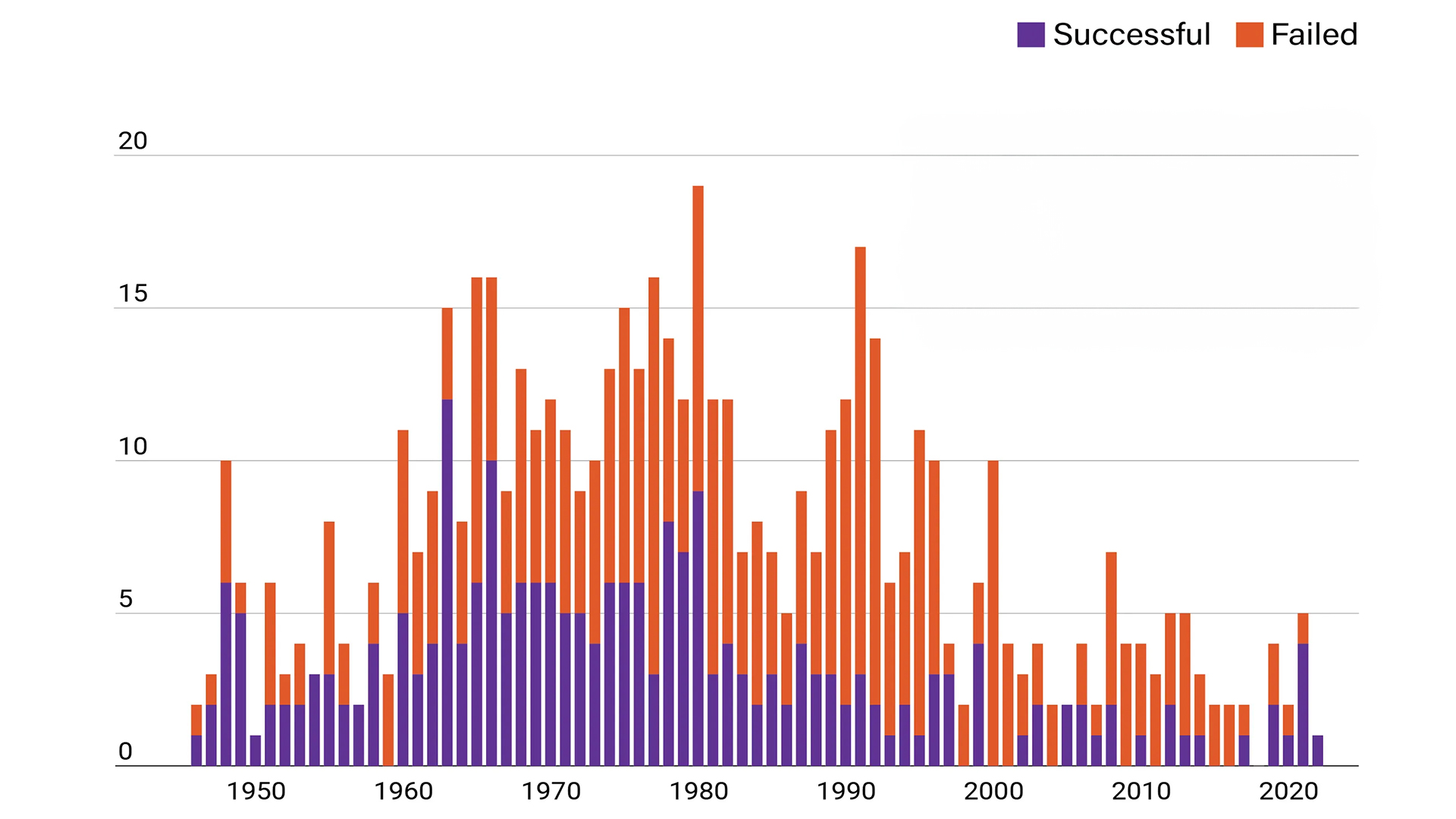
Myanmar’s Military Junta on the Retreat? – To the surprise of many, the junta’s armed forces (or Tatmadaw) suffered a series of major defeats recently with at least four military bases, up to 300 smaller outposts and several major towns falling to the insurgents. In late October 2023, an alliance of three ethnic armed organisations (EAO) launched a major offensive against Myanmar’s military regime in the north of the country. Soon afterwards, other EAOs and militia groups, including members of the opposition People’s Defense Forces (PDFs), took advantage of the regime’s troubles by opening new fronts in western, eastern and southern Myanmar. Important trade and communications links to China and India were cut. Large quantities of arms and ammunition, including some heavy weapons, were captured. The Council on Foreign Relations called on the US government to prepare for the end of the Myanmar Army, which one analyst predicted would “collapse in waves across the country.” The EAOs, assisted by PDFs and other militias, have enjoyed a remarkable degree of success. There are still political differences between them, but they seem to have achieved an unprecedented measure of cooperation at the military level. This has permitted them to conduct joint and coordinated operations over two-thirds of Myanmar, with dramatic results. This level of cooperation between Myanmar’s insurgent forces is one of the junta’s worst nightmares. The Tatmadaw simply do not have the manpower to maintain a strong presence everywhere, or to conduct major operations in several places at once. Moving its mobile strike forces to key trouble spots leaves other vulnerable areas exposed. For all its problems, the Tatmadaw is a strong, well-armed and well-trained force that still poses a major obstacle to the opposition movement’s stated goal of a federal union. Many of the so-called “bases” that were recently overrun, for example, were small, under-manned and outgunned by the insurgents. Not all Tatmadaw units would be defeated as easily. But this is Junta’s biggest defeat.



